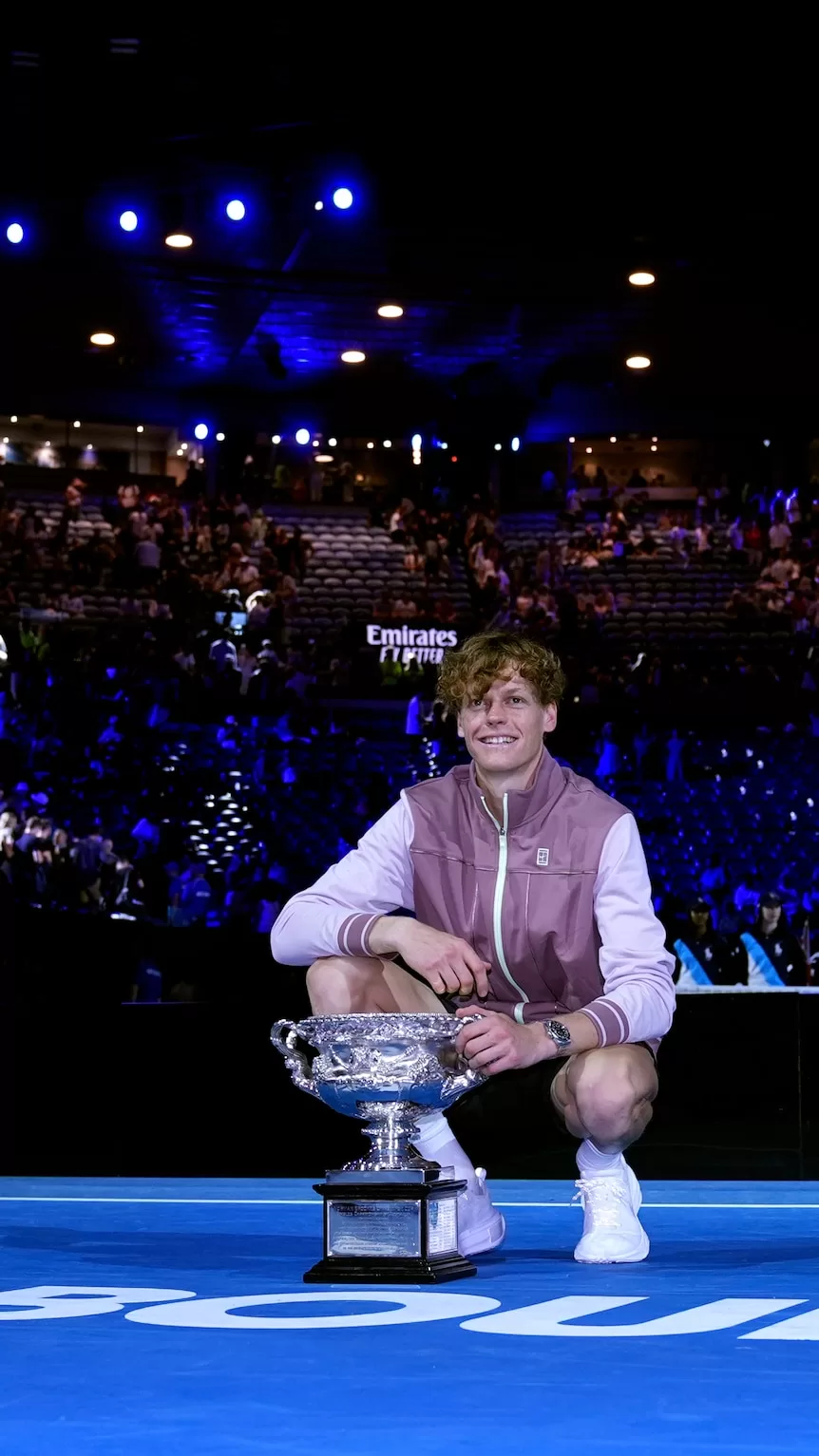- In short: Tennis Australia chief Craig Tiley has pointed to record crowds, greater prize money and state-of-the-art player facilities as the highlights of this year’s Australian Open
- More than a million fans came to Melbourne Park — a record — as Aryna Sabalenka and Jannik Sinner won the women’s and men’s singles titles
- What’s next: Tiley has called for world tennis authorities to introduce measures to speed up the game and avoid extremely late finishes
Borrowing a line from former IOC boss Juan Antonio Samaranch, tennis chief Craig Tiley is trumpeting “the best Australian Open ever”.
While forecasting formatting tweaks after some imperfect scheduling, Tiley said record crowds flocking to Melbourne Park and glowing player feedback signalled the Open had restored its status as “the Happy Slam”.
More than a million spectators attended for the first time in the history of grand slams, with the biggest and richest event on the Australian sporting calendar climaxing on Sunday night with a new men’s champion crowned in Italian sensation Jannik Sinner.
“It’s been the best Australian Open ever,” Tennis Australia CEO Tiley said.
“All our metrics shows that, from player feedback to fan experience.
“We really drove hard on a lot more innovation than we normally do.”
Despite criticism for still more early-morning finishes, Tiley insists the players had hailed the Open as “amazing”.
Among the added benefits for the game’s stars were a 13 per cent prize money increase to a $105 million total purse, coaches being given per diem payments for the first time, and a state-of-the-art new gym and recovery centre.
“We focused on the coach experience,” Tiley said.
“So we provide the coaches with the quiet room, with coaches boxes, data room access to all data in real time.
“We paid for the coaches’ food the whole time and we really celebrated the role that the coaches play, and the players feel really good about that because it takes the pressure off a little bit too.
“We spent millions of dollars putting in the world-class ice baths in the men’s and women’s locker rooms and on the recovery centre.
“We added more medical services. There’s nothing you couldn’t get from a medical point of view now.”
The pampered players even had access to Novak Djokovic’s elaborate regeneration pod, which the Serb happily shared with his rivals at Melbourne Park.
Apparently it was a huge hit among the playing group.
For all the success of the event, though, Tiley is aware of the negative noise around scheduling.
He ruled out introducing a Wimbledon-style midnight curfew or bringing the night sessions forward, but said measures to speed up the game need to be addressed by global tennis chiefs.
“We can’t start before seven because of the news in Australia so you rule that out,” Tiley said.
“And one thing that we can never do is predict the length of a match.
“You’re not going to think Coco (Gauff) is going to play for three-and-a-half hours (as in her quarterfinal with Marta Kostyuk).
“So we also try and put schedules on what we think our matches will go to.”
Tiley said officials would next year look at trying to “tighten” times that matches start, but also said the sport’s chiefs should review the use of the shot clock.
“Sometimes the shot clock starts way too late,” he said. “That should be tightened up.
“Also, as a sport we need to consider — again — not having lets. Having lets added 15 hours to the tournament across all events.
“So there will be tweaks next year, but you’re still going to get that one-off crazy situation where a match finishes at three in the morning.”
AAP
